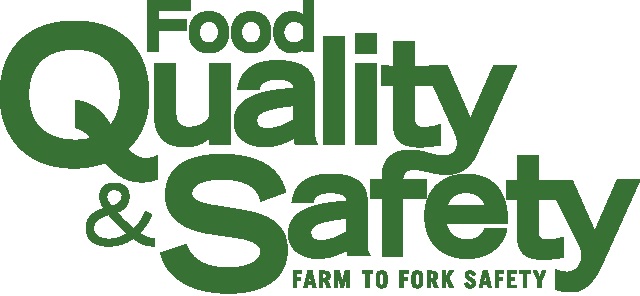Although the use of pesticides in foods of plant origin is controlled through good agricultural practices, pesticide residues may be present in some food products. Recently, there has been significant growth in the number of pesticides to monitor for in foods, including those in complex food. Due to this increase, there is a higher demand for an accurate, efficient, and cost-effective method to test for these pesticides.
High-Resolution mass spectrometry (HRMS) allows researchers to screen and identify pesticides in a variety of foods. In this special collection, Wiley has partnered with Agilent Technologies to bring together articles that detail how mass spectrometry can be used to analyze various pesticides in foods. This important compendium features content from Agilent Technologies and Wiley publications.
In this collection, you’ll learn about:
- How a quadrupole time-of-flight method can deliver a fast analysis;
- A pesticide screening methodology using a quadrupole time-of-flight LC/MS system;
- How HRMS can be used for the analysis of pesticide residues in food;
- General information on the HRMS methodology; and
- What results can be obtained through various forms of HRMS instrumentation.
By providing this collection detailing how mass spectrometry can enhance food safety, we hope to arm readers with the confidence and knowledge to help them deliver safe food products to their customers.

